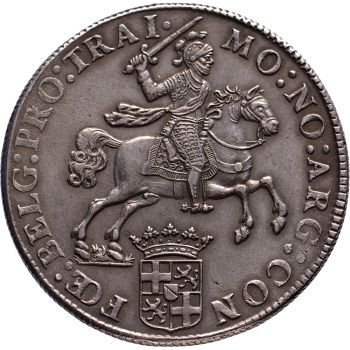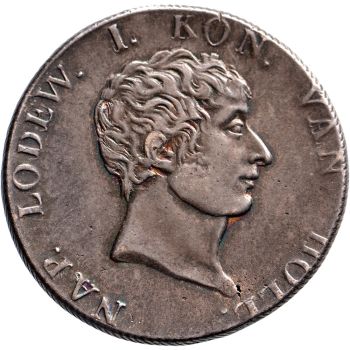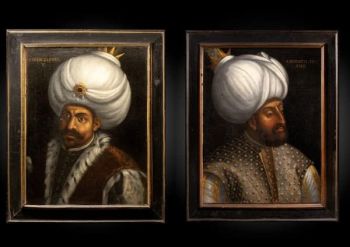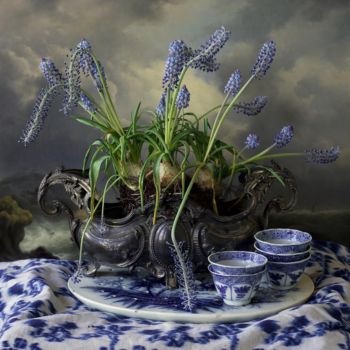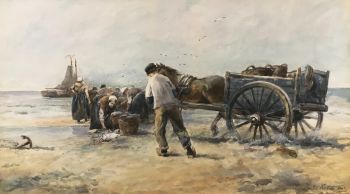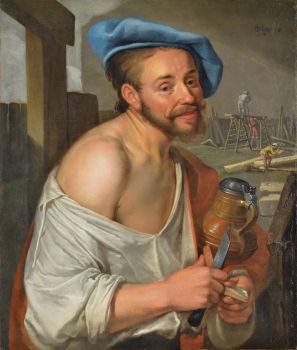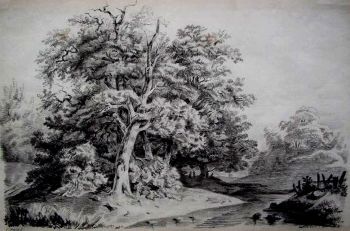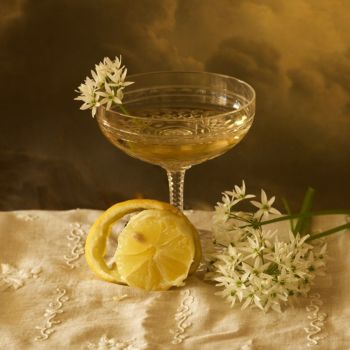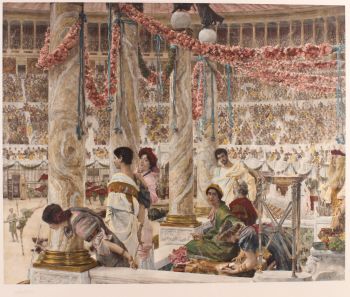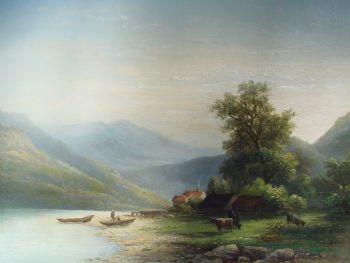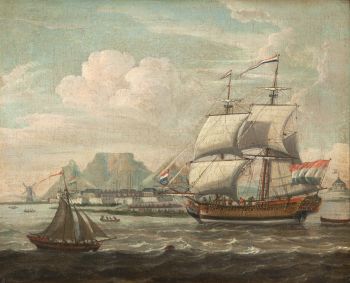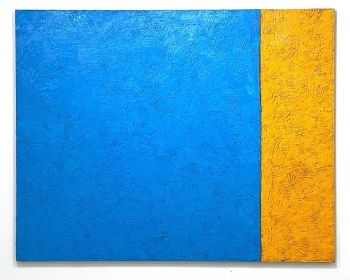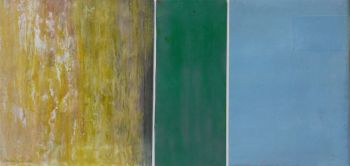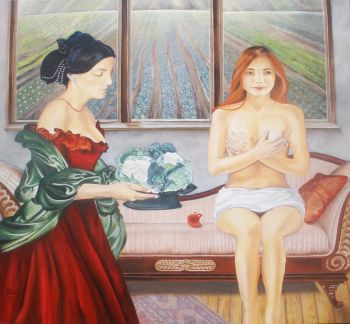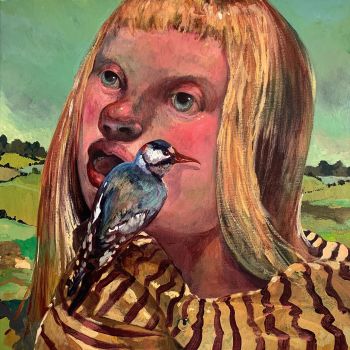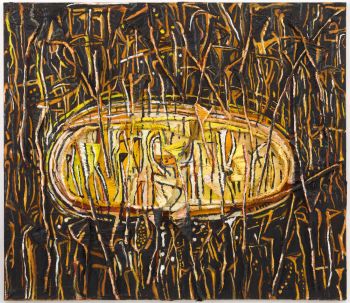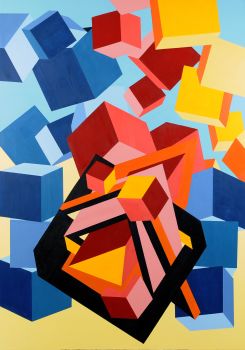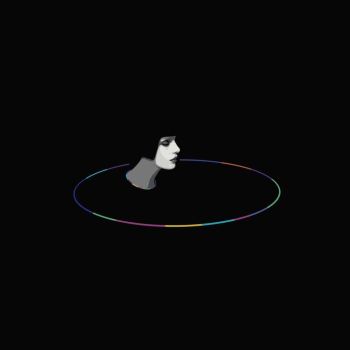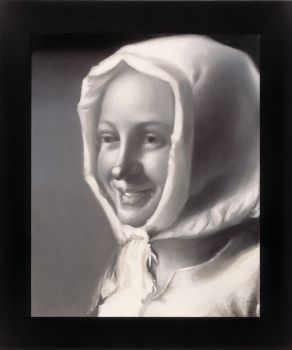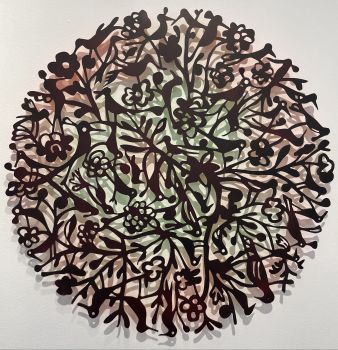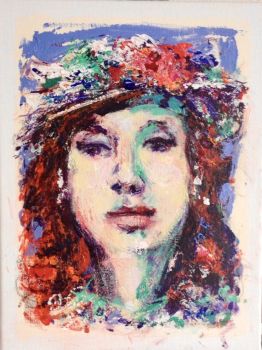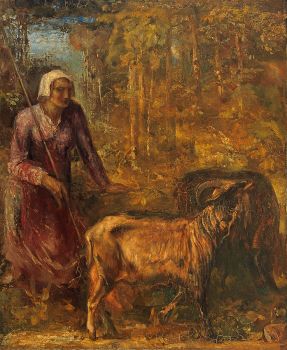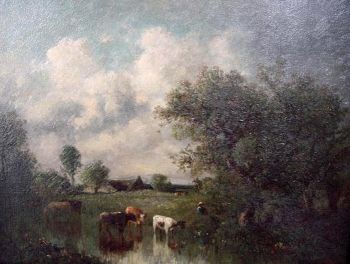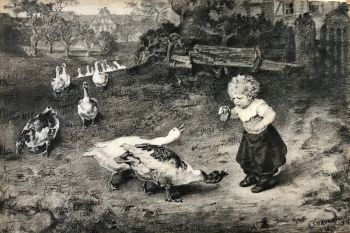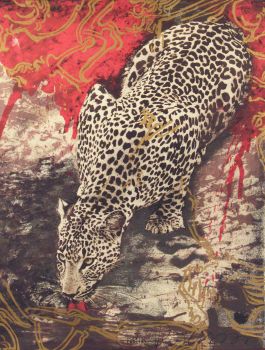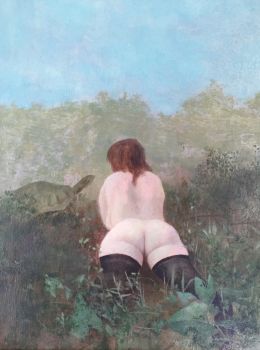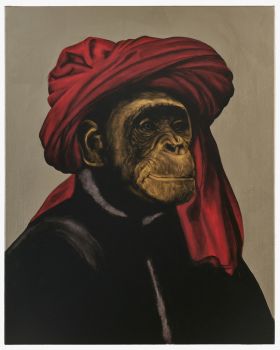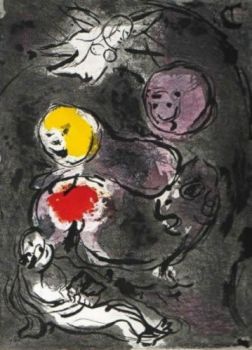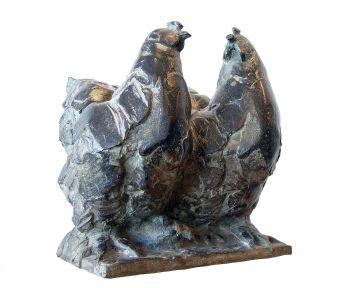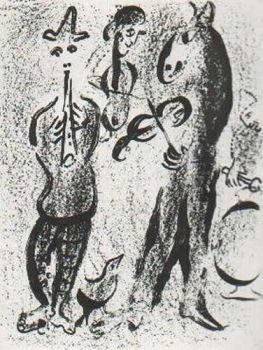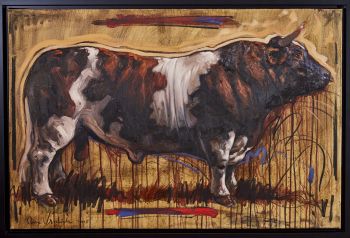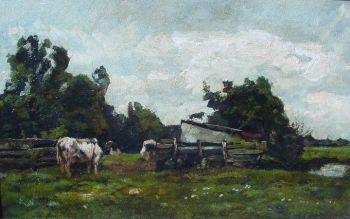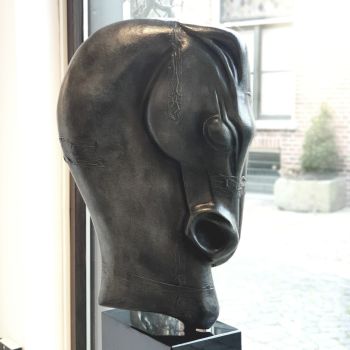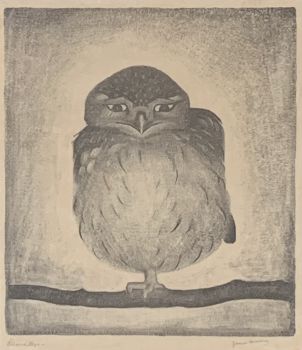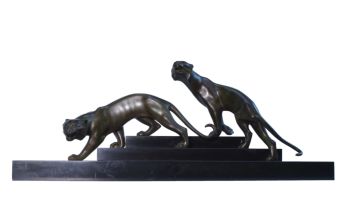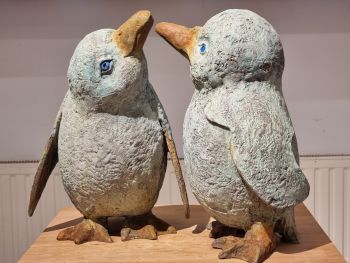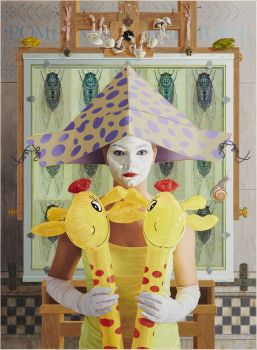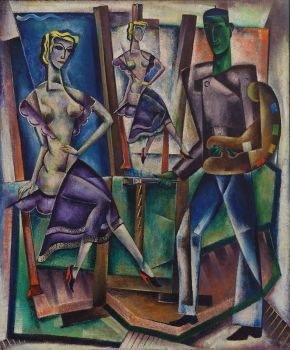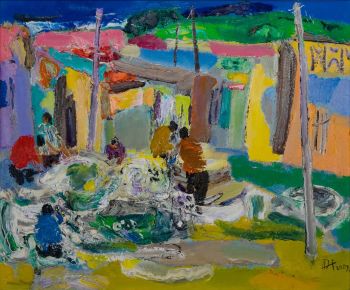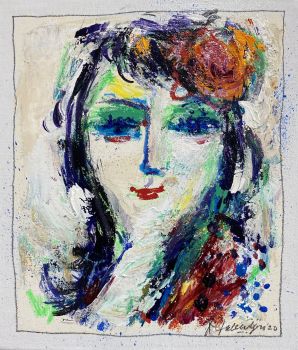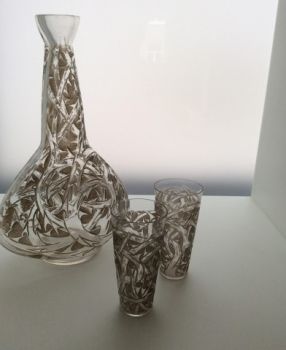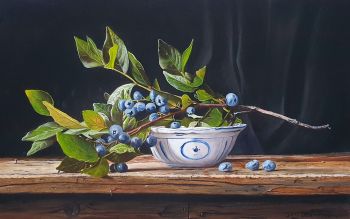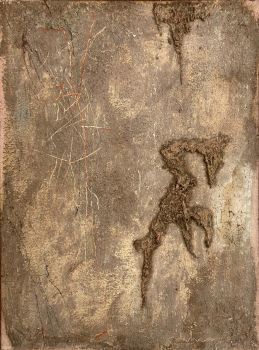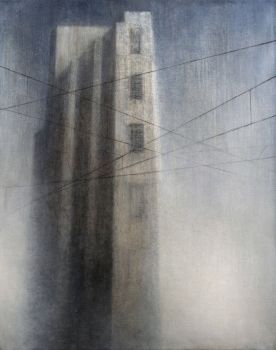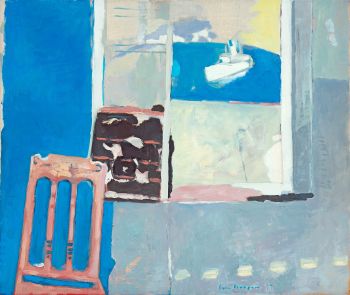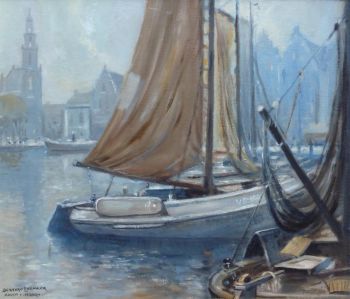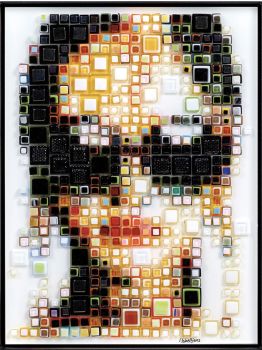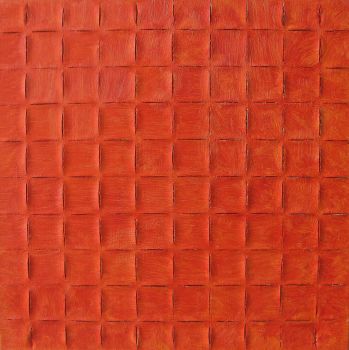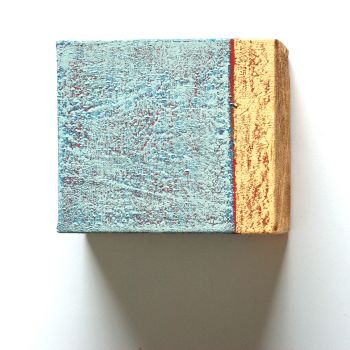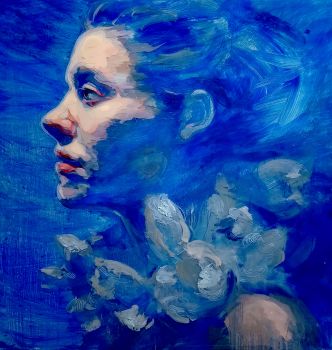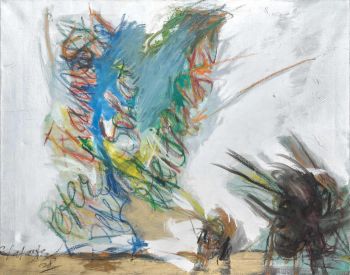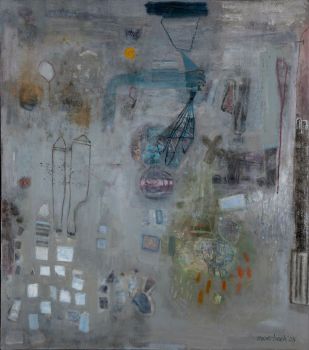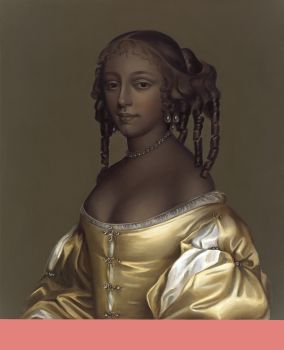Two Chinese Reverse Mirror Paintings, after paintings by François Boucher 1774 - 1776
Unknown artist
GlassMirrorPaint
52 ⨯ 41 cm
ConditionExcellent
Currently unavailable via Gallerease
- About the artworkReverse mirror paintings are very difficult to manufacture, because the image has to be applied in an unusual order. The details in the foreground are painted first and the background is added as the last step. Many of these reverse mirror paintings were made after illustrations and engravings of Boucher.
L’Agréable Leçon (the entertaining lesson)
In a landscape of trees and a picturesque fountain we see a pair of herds. Snugged up to the boy, the girl plays on his oat. Her favorite sheep is tied to a ribbon that she holds and some more sheep lie at her feet. The scene is completed with a flower basket.
The original is an oval shaped painting of Boucher of 1748 that was presented at the Paris Salon of the same year with exhibit number 19: ‘Un tableau ovale représentant un berger, qui montre à jouer de la flûte a sa bergère’. (an oval scene representing a shepherd who learns his shepherdess to play the flute).
On the Salon of 1750 it was part of item 24: ‘Quatre pastorale de forme ovale […] et la quatrième un berger qui montre à jouer de la flûte à sa bergère sous le même numéro.’
R. Gaillard made a rectangular engraving of the painting, dedicated to the count de Coigny, and gave it the title ‘L’Agréable Leçon’.
In 1752 this pastoral scene was shaped into a sculpture by an anonymous modelmaker from Sèvres under the title ‘le Flûteur’.
Le Mouton Favori
In a landscape with woods and a ruin in the background a pair of shepherds is sitting. The boy has a sheep on his lap and holds a rose over the girl’s head. The girl is ties a ribbon round the neck of a sheep. In the foreground some sheep are lying by the shepherds feet. On the right a basket with flowers and a dog.
The original of this painting has disappeared, but a rectangular engraving by R. Gaillard titled ‘Le Mouton Favori’ remained. - About the artist
It might happen that an artist or maker is unknown.
Some works are not to be determined by whom it is made or it is made by (a group of) craftsmen. Examples are statues from the Ancient Time, furniture, mirroirs, or signatures that are not clear or readible but as well some works are not signed at all.
As well you can find the following description:
•“Attributed to ….” In their opinion probably a work by the artist, at least in part
•“Studio of ….” or “Workshop of” In their opinion a work executed in the studio or workshop of the artist, possibly under his supervision
•“Circle of ….” In their opinion a work of the period of the artist showing his influence, closely associated with the artist but not necessarily his pupil
•“Style of ….” or “Follower of ….” In their opinion a work executed in the artist’s style but not necessarily by a pupil; may be contemporary or nearly contemporary
•“Manner of ….” In their opinion a work in the style of the artist but of a later date
•“After ….” In their opinion a copy (of any date) of a work of the artist
•“Signed…”, “Dated….” or “Inscribed” In their opinion the work has been signed/dated/inscribed by the artist. The addition of a question mark indicates an element of doubt
•"With signature ….”, “With date ….”, “With inscription….” or “Bears signature/date/inscription” in their opinion the signature/ date/ inscription has been added by someone other than the artist
Artwork details
Related artworks
- 1 - 4 / 12
 Curated by
Curated byDanny Bree
Lawrence Alma-Tadema
"Caracalla and Geta: Bear Fight in The Colloseum, AD 203" 1907
Price on requestGallerease Selected
 Curated by
Curated byDanny Bree
Corstiaan Hendrikus de Swart
Mountain landscape with Lake1838 - 1900
Price on requestKunsthandel Pygmalion
1 - 4 / 24Dutch School
Arrival of a Dutch East Indiaman in the Table Bay18th century
Price on requestZebregs & Röell - Fine Art - Antiques
1 - 4 / 24- 1 - 4 / 24
Bernard Leemker
'Volendammer vissersboten in de haven van Hoorn´20th century
Price on requestGalerie Gabriëls
Unknown artist
Cristallo façon de Venise Drinking Glass1600 - 1650
Price on requestPeter Korf de Gidts - Antiquairs
1 - 4 / 24





